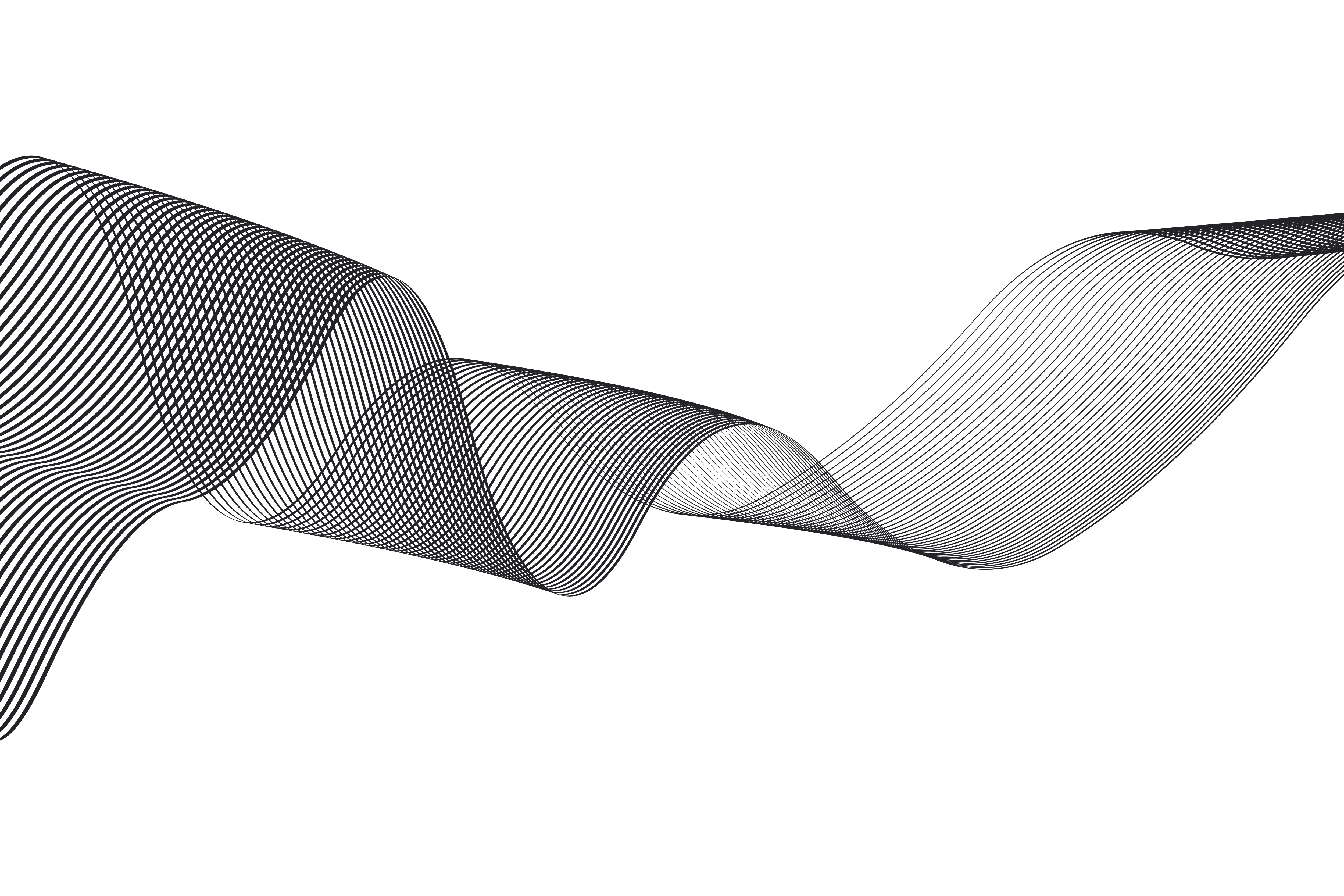Interview with Neuspera CEO Steffen Hovard

Guest
CEO of Neuspera Medical
Steffen Hovard spent two decades at Coloplast, where he held various senior leadership roles that contributed to the company’s growth, including the acquisition of a Minneapolis-based urology business in 2005. With deep expertise in the space, he has consistently driven growth and innovation across multiple functions, positioning himself as a leader of leaders in medtech, with board roles at Medical Alley and AdvaMed. Today, he’s driving forward Neuspera, a clinical-stage company developing advanced neuromodulation technology for urology applications.
Key Learnings From Steffen's Experience
In medtech, development timelines can stretch over a decade. Before pouring resources into an idea, it’s crucial to confirm its relevance and market potential and then get the right people on board. Building your network early helps with finding the right talent as well as the right investors.
Align your pace with the development stage you’re at. Move fast in early development but slow down and be thorough in the clinical stages. Then, be ready to pick up speed and go full throttle when commercialization approaches. Start thinking about market access from the start, as early decisions can impact later commercialization. Bringing in the right specialists upfront for coding, coverage, and payment planning can smooth the path to market.
Take a steady, strategic approach to fundraising. Perfect your pitch and refine your story to make a strong impression. View each investor interaction as a long-term relationship rather than a one-time opportunity; stay in touch, and show consistent progress. Above all, bring energy and resilience to each pitch—persistence can turn a "no" today into a "yes" tomorrow.
Steffen Hovard spent 20 years at Coloplast, and after participating in a urology-focused acquisition that led him to relocate to Minnesota, Steffen began working in the urology field. Over the years, he became well-acquainted with the complexities and patient needs in the space, particularly neuromodulation, for treating conditions like overactive bladder (OAB).
Now, as CEO of Neuspera, a neuromodulation company with a versatile platform technology, Steffen is developing a minimally invasive sacral neuromodulation system, with its first indication targeting OAB.
The market for OAB has been around for 25 years, but the market penetration is still only around 5%. Existing solutions, although clinically effective, often deter patients due to the invasiveness and bulk of the implants. Neuspera reduces these barriers.
Their device stands out because, unlike older systems that involve bulky implanted batteries, Neuspera’s device is wireless and much smaller. The technology involves a small, implantable device and a wearable transmitter to deliver electrical stimulation to the sacral nerves. The stimulation can help to improve bladder control and reduce the frequency and urgency of urination. This “microinvasive” design uses an external transmitter to power the device and requires minimal hardware inside the body, making it significantly less invasive. Neuspera is also exploring other potential applications for their technology, such as treating chronic pain and movement disorders.
It’s a 10-year journey coming to fruition. Currently, Neuspera is in the final stages of their clinical and regulatory pathway and commercialization is on the horizon. Steffen and his team are confident in the potential of their technology as the company’s pivotal trial has shown promising results in meeting key endpoints and matching the efficacy of established technologies.
Sponsor Message
We recently released the seventh volume of Medsider Mentors, which summarizes key learnings from the most popular Medsider interviews over the last six months.
We get it—keeping up with every Medsider interview isn’t easy. That’s why we created Medsider Mentors. These e-book volumes distill the best practices and insider secrets from top founders and CEOs, all in a downloadable, easy-to-digest format.
Check out the latest volume here. Premium members get free access to all past and future volumes, plus a treasure trove of other resources.
Lay the Groundwork for Success
Running a medtech startup is a huge undertaking. Timelines often stretch over a decade, and the resources required are intense. One of the foundational steps, Steffen explains, is ensuring the market opportunity is large enough to justify the commitment. “If the problem you’re trying to solve isn’t really big enough to be attractive, it will be really hard to raise capital,” he notes. In any startup—and especially in medtech—it’s essential to make sure that solving this problem truly matters. Steffen suggests asking yourself, “What happens if you don’t solve it? Will the world really be in a worse place?”
Once you validate the market need, getting the right people involved early on can help pave a smoother path forward. “Having that nice balance between somebody with the external customer perspective and somebody who thinks about the technology, being able to marry that up early on, I think will minimize the number of stumbling blocks that you will come across,” he shares. Bringing in industry experts—particularly physicians—on board from the start provides invaluable, real-world insights and adds credibility as the product eventually reaches other stakeholders.
“The world is big, but it’s very small at the same time,” Steffen notes. A handful of key stakeholders often form the core opinion pool in a field. When you have relationships with these insiders, he adds, “Whoever checks into your idea, they will go to those people.” And having these people on your side makes gaining traction easier when it’s needed most.
Of course, none of this matters without a solid technical foundation. From his experience at Neuspera, Steffen knows that proving the technology works is essential. Having a founder or lead engineer who can take charge of technical validation is invaluable. “The work that our founder did with the fundamentals was just amazing,” Steffen shares. And that solid foundation is exactly what he’s building on today.
Get the Pacing Right
One of Steffen’s main takeaways is understanding and committing to the time medical device innovation takes, especially the clinical and regulatory pathways. Medical device companies, particularly those with Class III products like Neuspera, have to contend with long timelines and extensive regulatory scrutiny. “Accept the time it takes,” Steffen emphasizes.
In the early technology development phase, moving quickly is paramount. During this stage, you can experiment, iterate, and even fail fast to arrive at a working product. However, once the clinical and regulatory processes come into play, the pace needs to change. “Be thoughtful, be cautious when you get into the clinical work and when you get into the regulatory work,” he explains. This stage isn’t one where you can “move fast and break things.” For Steffen, rushing to hit milestones is a mistake; instead, he focuses on maximizing value during the maturity process as the milestones approach.
Steffen also suggests thinking about market access as early as possible because decisions made during the development and clinical phases can impact commercialization down the line. “You might actually be able to capture information during the clinical trial that can either help you or make your market access more complicated,” he advises. Bring in the right specialists early on for coding, coverage, and payment mapping.
Once regulatory milestones are achieved, in Steffen’s words, “Prepare to accelerate on the back end.”
One of the most effective ways to approach regulatory work thoughtfully is by engaging with FDA from a relationship-building perspective rather than treating the process as a checklist to complete. Understanding their concerns and engaging them proactively—rather than skipping steps in hopes of moving faster—is the best strategy. This way, you lay a strong foundation, which can smooth out future interactions with the agency.
While specialized consultants can play a valuable role, Steffen advocates for developing internal teams in regulatory and clinical areas rather than relying solely on external help. With a core team that understands both the product and the clinical challenges it addresses, a company can present itself more confidently and navigate regulatory and clinical hurdles with consistency and depth.
Bring Energy to Your Pitches
Fundraising takes serious energy, and it’s easy to drain yourself by pushing through without a strategy. Steffen suggests slowing down and taking mindful steps when seeking capital to make sure your story is rock solid. When pitching to investors who hear dozens of ideas, your message needs to hit hard and fast. “Slow down, make sure that you get the story right, and pressure test it a couple of times before you go out,” he emphasizes. For a story that stands out, focus on three elements: a big opportunity, a clear and easy-to-understand differentiation, and a well-defined pathway to market and potential exit. To keep momentum, Steffen advises, “Be thoughtful of building it out in a time frame where you don’t wear yourself out because it takes substantial time, and you have to invest just a ton of energy. You have to be super present for every single one of them.”
But there’s more to fundraising than just perfecting the pitch. For Steffen, building relationships with investors over time is invaluable. He points out that it’s rarely a “yes or never” situation, so it’s essential to view initial meetings as the start of a journey. “Maybe they’re not really in a Series A mood at that point, but maybe come back in the B round and then make sure that you build on a positive story that you established in the beginning.” In other words, stay in touch, demonstrate your progress, and keep proving the value of your vision—persistence can pay off in unexpected ways down the line.
Tap into industry networks and associations, such as AdvaMed, to help build connections and credibility, especially if you’re new to medtech. Not only do these organizations give you exposure to key stakeholders, but they’re an easy entry point for building industry ties and getting your name out there among relevant players. Leverage warm introductions wherever possible. A direct referral from a trusted connection can go much further than a cold message. “Make sure that you have people on your side who are prepared to put in a good word for you,” he advises.
Finally, Steffen brings a classic sales mindset to fundraising, a skill he honed in his early days doing cold calls. The key is resilience, he shares, “Even if you get a ‘no’ many, many times, know that the next one may be the ‘yes’ you’re looking for. You don’t need a lot of them. You just need a few.” It’s about bringing energy to each pitch, even after the hundredth one, because the right investor might be just around the corner.
Sponsor Message
After raising over $40M from corporate venture and cardiovascular key opinion leaders, FastWave Medical has progressed rapidly in the development of its next-generation intravascular lithotripsy (IVL) systems for complex calcific disease.
The market size for IVL is over $9 billion and the only player in the space was recently acquired for over $13 billion. So naturally, there’s a lot of investor interest in FastWave.
Given the continued demand to invest in FastWave, their team has opened up an investor waitlist for anyone interested in potentially owning a piece of the company.
The last time the company opened up an private placement, it closed nearly $20 million in less than a month. So if you’re interested in investing in one of the hottest cardiovascular startups, opt into their investor waitlist here.

